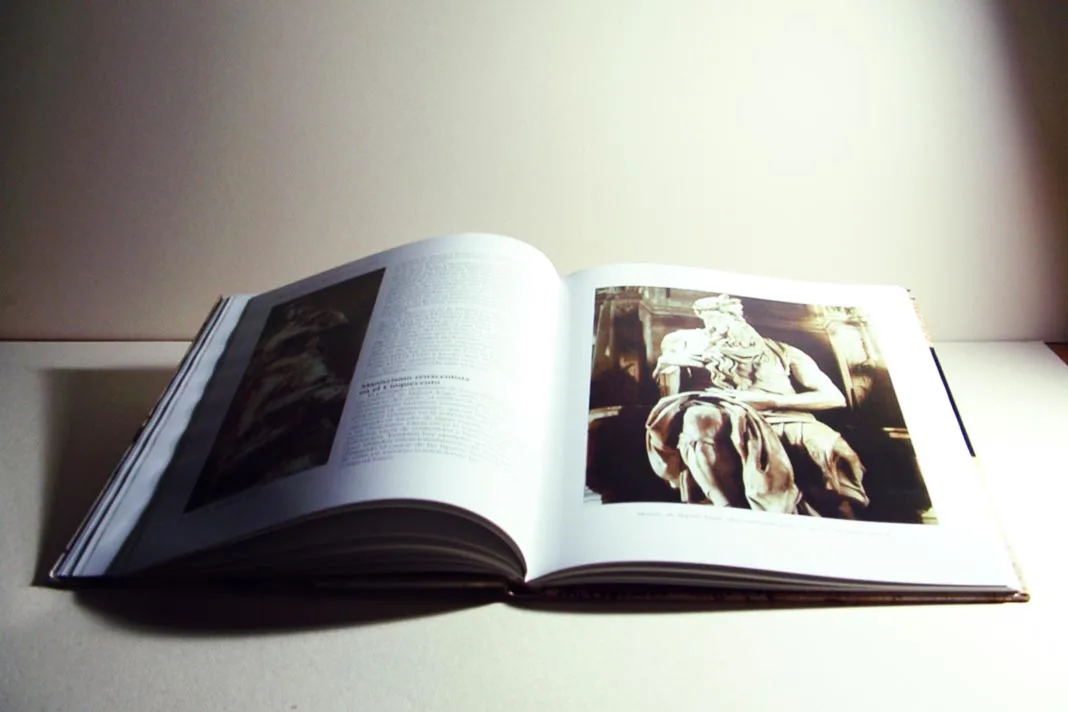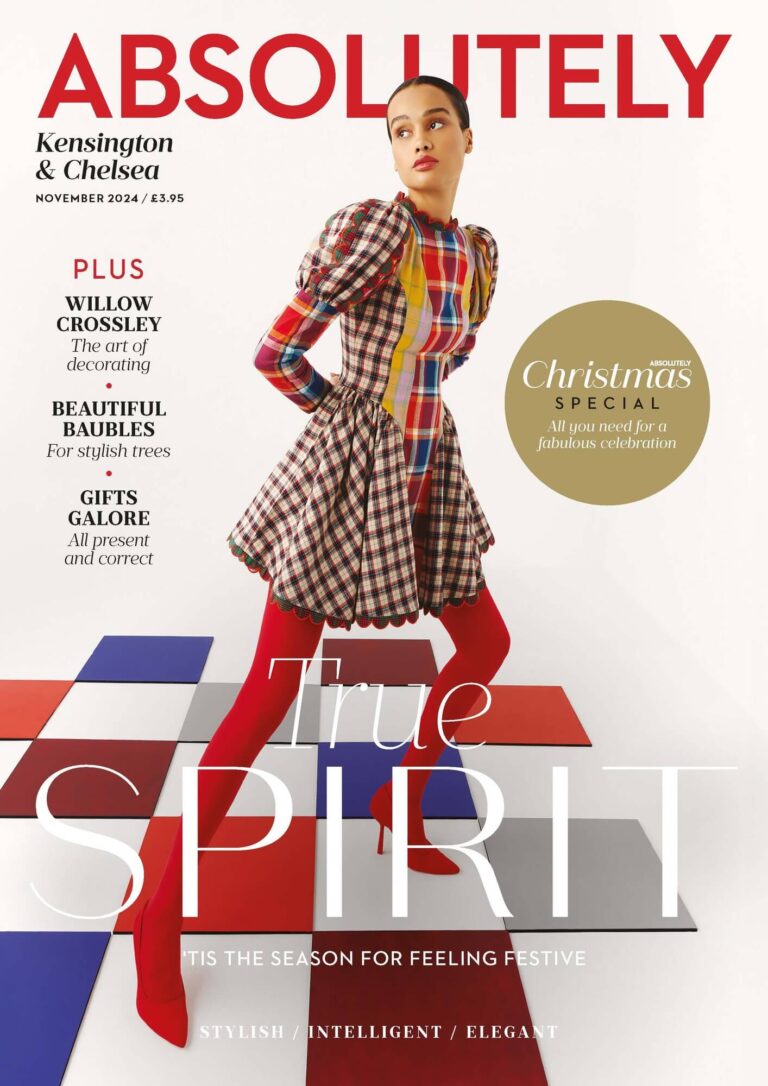Words Patrick Hamilton Courtney
For many, collecting art is one of life’s great joys. Despite the misconception that collecting art is a preserve of the vastly rich, the pursuit is in fact easy to get involved in. With a little hunting, a clear plan, and a set budget, anyone can start a collection. What’s more, you’ll be joining a centuries old tradition of cultural appreciation.
In the first part of this three part guide, we’re sharing some basic tips to help you to prepare, so that you’ll be as happy with your art in five years’ time as you were the day you bought it.
COLLECTING v. BUYING
There is a big difference between buying art and collecting it. If the ultimate goal is to have a painting to fill that awkward blank wall at the top of the stairs, then you are just buying art. Great collectors, on the other hand, are motivated beyond aestheticism, and focus on acquiring the works of particular movements, periods, subjects, or styles. For example Peggy Guggenheim collected what we now call modern art, while Percival David’s collection concentrated on Chinese ceramics.
Think of a collection as a way of interacting with something you are interested in. This might mean an interest in photography leads towards collecting 20th century c-prints, or a love of the sea might result in a collection of works depicting the ocean and beaches. This doesn’t mean collections can’t be eclectic and include lots of different things, but they should have significance to the collector beyond aesthetic enjoyment.
BUY WHAT YOU LOVE
Many people think of collecting art as an investment. While it’s true that there is money to be made, predicting whether a piece will go up in value is difficult. You should buy works you genuinely love, and would be happy to place in your home whatever their eventual worth.
BUDGETING
Buying art can become quite addictive, so it’s important to know your limits and stick to them. Collectors have been known to talk about how making an acquisition feels like hunting prey, and in the midst of an auction, pumped with adrenalin, it can be tempting to keep bidding long past the figure you had in your head. But you don’t want to end up eating baked beans for the next two months!
Decide what you can afford, set a budget, and think carefully before you deviate. Beautiful and interesting works can be bought at all price points. Remember to factor in additional costs like transportation, framing, and insurance. Sometimes stretching the budget can allow you to acquire something really special, but before you spend you should always…
DO YOUR HOMEWORK
Before parting from your money, you should always make sure you’re armed with as much knowledge as possible. Research the artists you are thinking about and find out the typical prices for their works using art sales listings websites. If you know the works you might buy inside out, you won’t get stung. Finally, always be sure you are buying a genuine work. For example, if it’s a print or multiple make sure it is signed and numbered by the artist. Otherwise, it’s nothing more than a worthless poster.
Most reputable galleries and auction houses will be happy to answer any questions and discuss works in detail with you. If an artist is alive, there’s no reason why you can’t email them and ask about a piece!
GO FOR IT!
These basic guidelines can help you to make the most of your budget and avoid regretting a purchase, but there are no hard and fast rules. Art collecting should be fun, and so long as you love what you’re buying and know exactly what it is, you won’t be disappointed.
Read part 2 for tips on where to buy.







